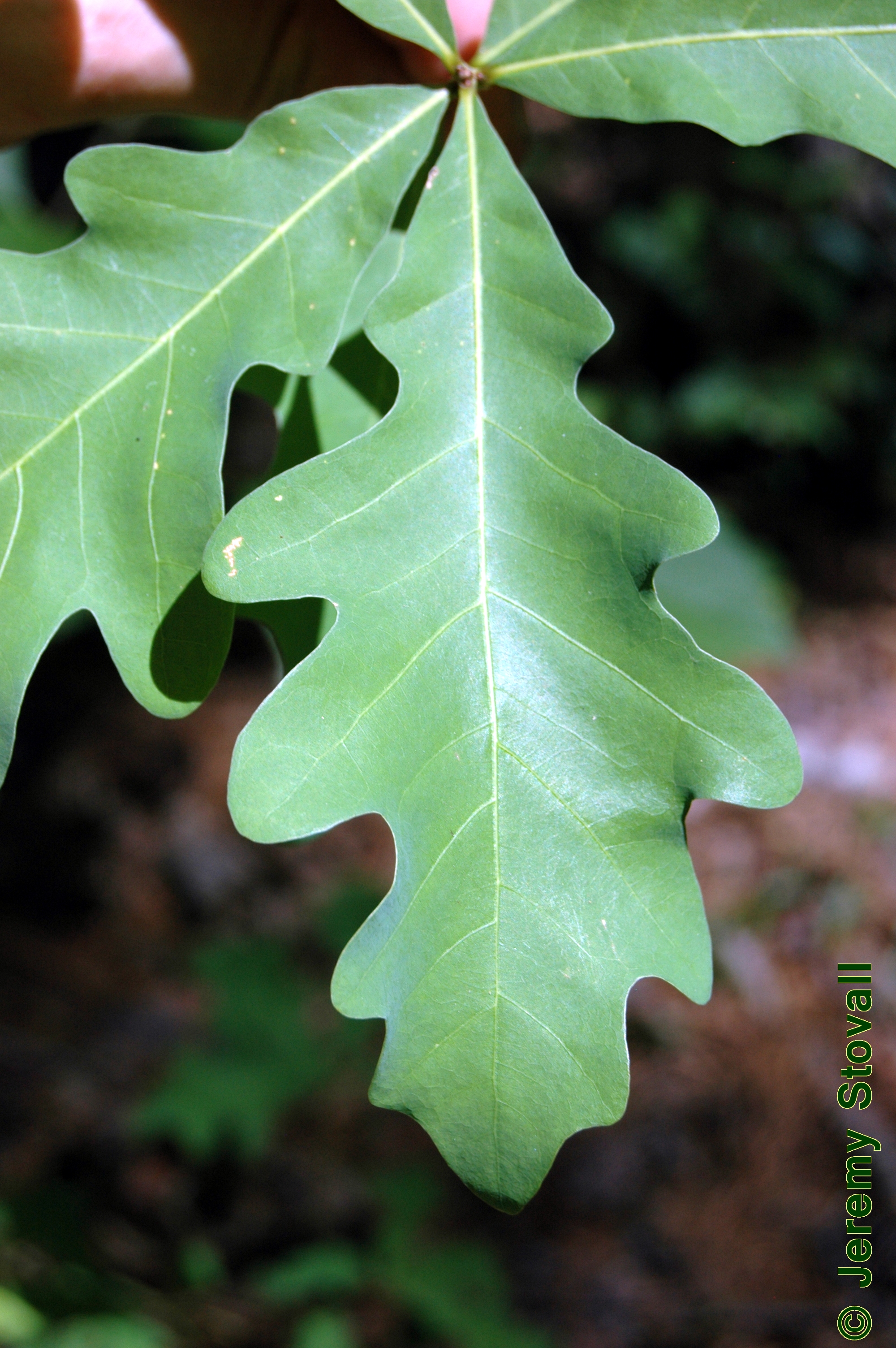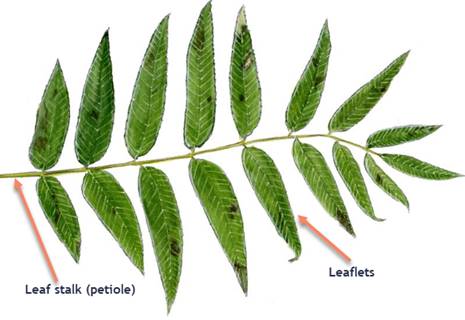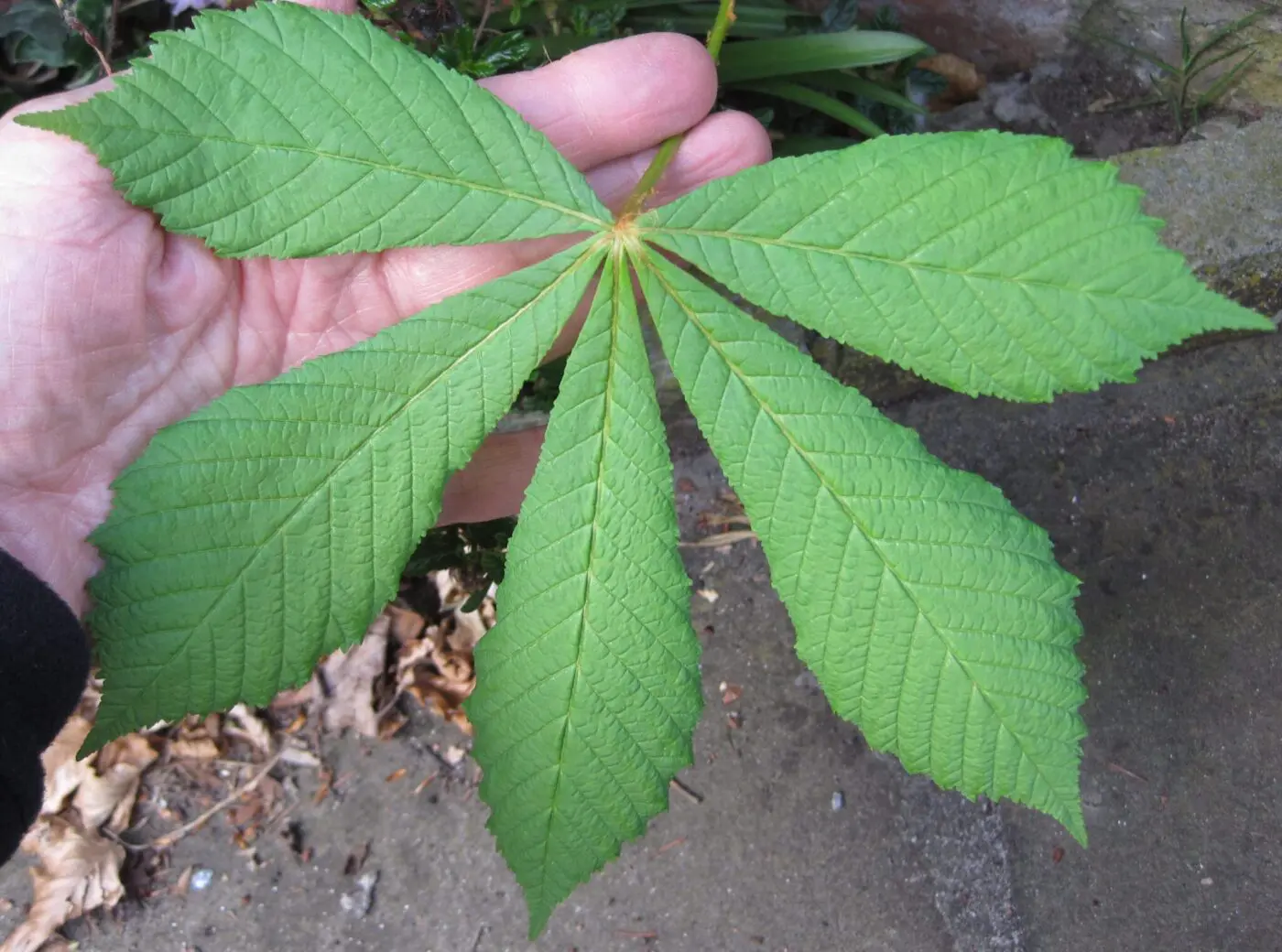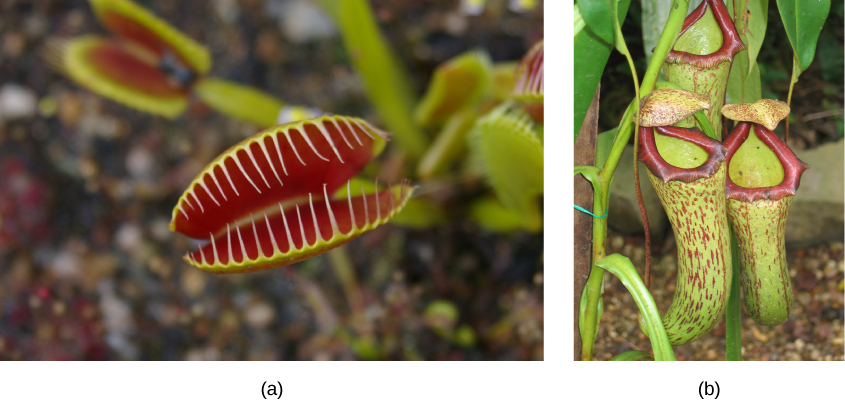Medicinal Botany Exam 1
1/38
There's no tags or description
Looks like no tags are added yet.
Name | Mastery | Learn | Test | Matching | Spaced |
|---|
No study sessions yet.
39 Terms
composition of cell walls
glucose monomers form a network of cellulose microfibril
cellulose synthase
synthesizes cellulose
primary cell wall
formed first right outside of the plasma membrane and primary made of cellulose, it is the thinner and weaker wall made of both cellulose and lignin.
secondary cell wall
formed after cell stops growing, pushes itself between first wall and plasma membrane. the thicker and stronger wall
lignin
concrete filling between cellulose and microfibrils
plasmodesmata
openings connecting to adjacent cells, allow for quick communication and transport
middle lamella
the “glue” that holds cells together and helps the plant hold on to water. composed of pectins
turgor pressure
the pressure that is put on a cell wall
turgid/ hypotonic solution
fewer solutes in the solution compared to inside of the cell. water crosses plasma membrane and goes into cell to balance water: solute concentration
isotonic solution/ flaccid
equal concentration of solutes inside and outside of cell so water moves in and out equally. droopy plant
hypertonic solution/ plasmolyzed
more solutes in the solution outside of the cell than inside the cell so water is actively leaving the cell. results in plasma membrane ripping away from the cell wall.
Chloroplasts (structure)
three membranes: inner, outer and thylakoid
chloroplasts (function)
photosynthesis. in the thylakoid membrane there is chlorophyll a pigment molecule that reflect green light,. responsible for making plants green
chromoplasts
holds pigment molecules responsible for giving plants their color
leucoplasts
stores starch, how plats store their sugars
vacuole (function)
storage for the cell
phytochemicals
used for the plant’s defense and stores in the plant’s vacuole in a non toxic form
calcium oxalate crystals
druses, raphides. sharp crystals inside of plants for defenses
chlorophyll
is the primary pigment in plants and has the primary responsibility of executing photosynthesis. reflects green light
what synthesizes chlorophyll
succinyl-coA and Glycine
Carotenoids
accessory pigments that absorb other wavelengths of light lessening damage on the plant. helps attract pollinators as well as added defense for plants
carotene
a carotenoid. reflects orange light and is found in carrots.
lycopene
a carotenoid. reflects red light and found in tomatoes
lutein
a carotenoid. reflects yellow light and found in lemons, bananas, corn etc.
Anthocyanins
a carotenoid. reflects blue, red or purple light. found in onions. may improve night vision and protect against heart disease
Betalins
a carotenoid. reflects yellow or red and synthesized from tyrosine. found in beets. is an anti-oxidant and may protect against various cancers and heart disease
apical maristems
the tips of shoots and roots. it is an area of growth, lengthens the plant
lateral meristems
in the form of a ring they are in the stems and roots of a plant. they widen the plant.
Parenchyma Cells
alive at maturity, these cells are metabolically active so they are involved with photosynthesis, mitosis and cellular respiration.
Collenchyma Cells
semi-alive at maturity, these cells are structural support cells with an only and thicker cell wall.
Sclerenchyma Cells
alive when younger and dead when reached maturity, these cells have very thick primary and secondary cell walls and no organelles. just used for transport
Dermal Tissue
skin of the plant
Vascular Tissue
the veins of the plant, used for transport
Ground Tissue
most of the plant, gas exchange, photosynthesis and structural cells are here

identify the leaf morphology
pinnately lobed leaf

identify the leaf morphology
pinnately compound leaves

identify the leaf morphology
palmately lobed leaves

identify the leaf morphology
palmately compound leaf

identify the leaf morphology
modified leaves